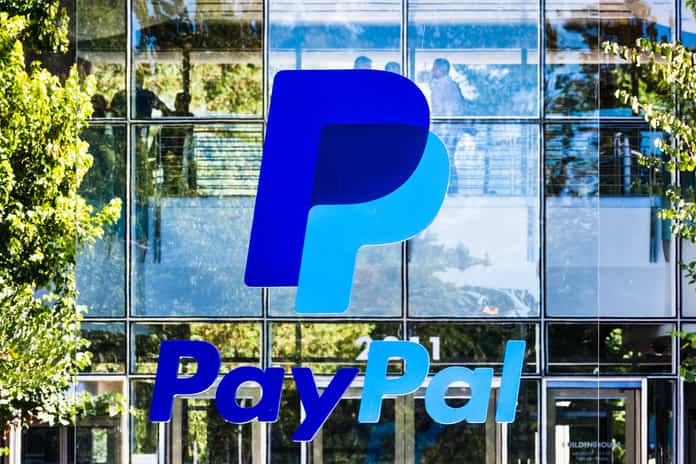The 4th of August turned out to be a really unpleasant day for Warner Bros. Discovery shareholders (NASDAQ:WBD).
Shares of Warner Bros. fell sharply after hours due to the way the business appears to be heading after the company released financial data for the second quarter of its 2022 fiscal year, which is the first quarter in which both WarnerMedia and Discovery have been combined into one.
Management continues to say that they have high expectations for Warner Bros. going forward. They most certainly are making some transformative choices that will help them reach their objectives.
However, there is also a great deal of ambiguity on what the future will bring. There really doesn’t seem to be much of a cause to have trust in Warner Bros. right now, especially given that the shares of the company are not exactly inexpensive when compared to those of other companies in a comparable industry.
Streaming Market Uncertain Right Now
The business’s streaming component received the majority of attention.
The business recorded 92.1 million subscribers across all of its streaming services during the second quarter. On a pro forma basis, this represented an increase of 1.7 million above the 90.4 million the corporation had one year prior.
Additionally, it increased by 16.3 million, or 21.5 percent, when compared to the pro forma reported second-quarter revenue of 75.8 million for Warner Bros.’s fiscal year 2021.
Someone should notice something is wrong right away for those who closely monitor these figures.
HBO Max had 76.8 million members as of the end of the first quarter of this year, according to AT&T (NYSE:T), while Discovery+ had 24 million. This amounts to a total of 100.8 million. The main difference, in this case, is the way Warner Bros. Discovery will classify subscribers going forward.
Around 10 million legacy Discovery non-core subscribers and inactive AT&T mobile subscribers were excluded as a result of this revised categorization.
Further investigation reveals another problem that investors need to be aware of. And that would be the subscriber base’s makeup.
53 million domestic customers made up its ecosystem’s total in the most recent quarter. In actuality, this is a decrease from the 53.3 million reported a quarter earlier.
The number of subscribers increased from 37.1 million to 39.1 million globally. This is significant since it confirms domestic market weakness. The gap in profitability between a domestic subscriber and an overseas one makes that problematic.
The most recent quarter’s domestic subscriber base generated $10.54 in average monthly revenue for the business. Comparatively, the average monthly revenue from international subscribers was only $3.69. To put this in perspective, the corporation would need to gain almost three times as many subscribers abroad to make up for a 0.3 million subscriber decrease in the domestic market.
Another Intriguing Development
Another intriguing development was also presented to investors by management. And that pertains to their future objectives.
It had been suggested previously that the business would merge its two primary streaming platforms. Their present objective is to debut their new integrated offering next summer in the US under a single brand.
Later that year, it will be introduced across Latin America, and in early 2024, it will be expanded into European areas where HBO Max is currently available.
The platform would also officially debut in important Asia Pacific regions later that year as well as a few new European areas. It doesn’t follow that the business is beginning from scratch as a result.
Instead, they will transfer clients from their current services to this new one, hoping to reach 130 million global users by 2025. By 2024, they hope to break even on the platform, and by 2025, they expect EBITDA to reach $1 billion. To put this into perspective, the most recent quarter’s EBITDA was $560 million in the red. That suggests a negative yearly rate of $2.24 billion.
More Red Flags
There are further red flags that investors need to be aware of. Management emphasized that they will put more emphasis on creating high-quality material than quantity.
That in and of itself is acceptable, but the requirement to choose between the two when other streaming services offer both is unsettling and further demonstrates Warner Bros.’s dubious status as a second or third-rate platform provider.
They also expressed worry about the current streaming market, claiming that it is not the best course of action to collapse all windows into streaming, overpay for and overinvest in material, and then provide it all at once for a low price.
Significant Developments Outside Streaming
There were also some further significant developments for investors outside streaming.
First off, the business disclosed net debt of $49.91 billion. This corresponds to a net leverage ratio of 5, which is in line with what the business predicted it would have right after the transaction.
Despite this, the business has been reducing its debt, paying down $3.5 billion in term loans with remaining payments due in 2023 and 2025 throughout the quarter.
By the end of August, the corporation hopes to have paid $6 billion of its debt. Additionally, Warner Bros. plans to save $1 billion in costs over the following 12 months.
This contributes to the $3 billion in synergies that the business predicted they would ultimately realize. However, it appears that $2 billion will be added to this once this 12-month window closes.
It’s also important to keep in mind that Warner Bros.’s shares aren’t particularly expensive right now. Warner Bros. is trading at an EV to EBITDA ratio of 8.4 using pro forma 2021 financial data. This multiple equals 7.9 if we predict that shares will decline by around 12 percent in response to this earnings report.
The Bottom Line
There is a huge transformation taking place within the organization, and it’s unknown how things will turn out. That means for now investors may want to look elsewhere in this marketplace.
Featured Image: Megapixl @Aksitaykut

















